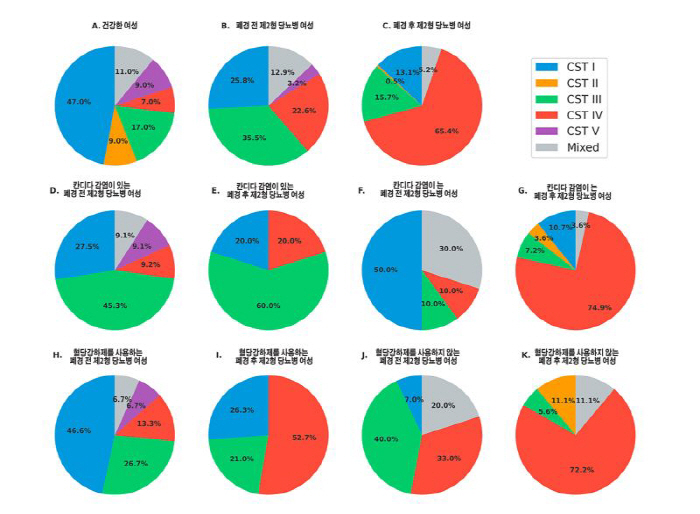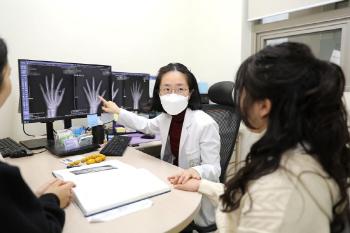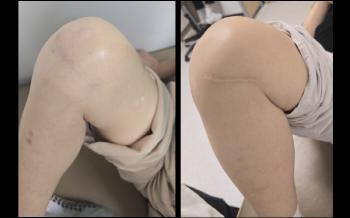The proportion of beneficial bacteria in the vagina of female diabetics is low and harmful bacteria are increased
|
Professor Kim Min-jung of obstetrics and gynecology at Bucheon St. Mary's Hospital of Catholic University analyzed the microbiological condition of 71 women diagnosed with type 2 diabetes and 100 healthy women along with Professor Kim Myung-shin of the Department of Diagnostic Laboratory Medicine at Seoul St. Mary's Hospital and Professor Lee Seung-ok of the Department of Diagnostic Laboratory Medicine at Incheon St. Mary's Hospital.
Unlike healthy women, diabetic women had significantly lower rates of Lactobacillus, an intragastric beneficial bacterium, compared to healthy women, and relatively increased rates of harmful and anaerobic bacteria. In particular, after menopause, the beneficial bacteria-centered cluster (CSTI) decreased, the inflammatory-causing cluster (CST IV) increased significantly, and even in the presence of Candida infection, the beneficial bacteria rate decreased, and the harmful bacteria rate increased, resulting in a microbiome state that was out of balance.
It was also confirmed that premenopausal women who took SGLT2 inhibitors, a hypoglycemic agent, showed beneficial bacterial protection, while postmenopausal women showed a sudden loss of balance in the vaginal microbiome.
Professor Kim Min-jung emphasized that "Changes in the vaginal microbiome are directly related to infections, inflammation, and gynecological diseases, and their effects are even greater especially in menopause or diabetes conditions."In women with diabetes, integrated women's health care that includes the microbiome as well as blood sugar management is needed."
Meanwhile, the study was published in the international journal Microorganisms (IF 5.1, June 25, 2025).
|
This article was translated by Naver AI translator.





